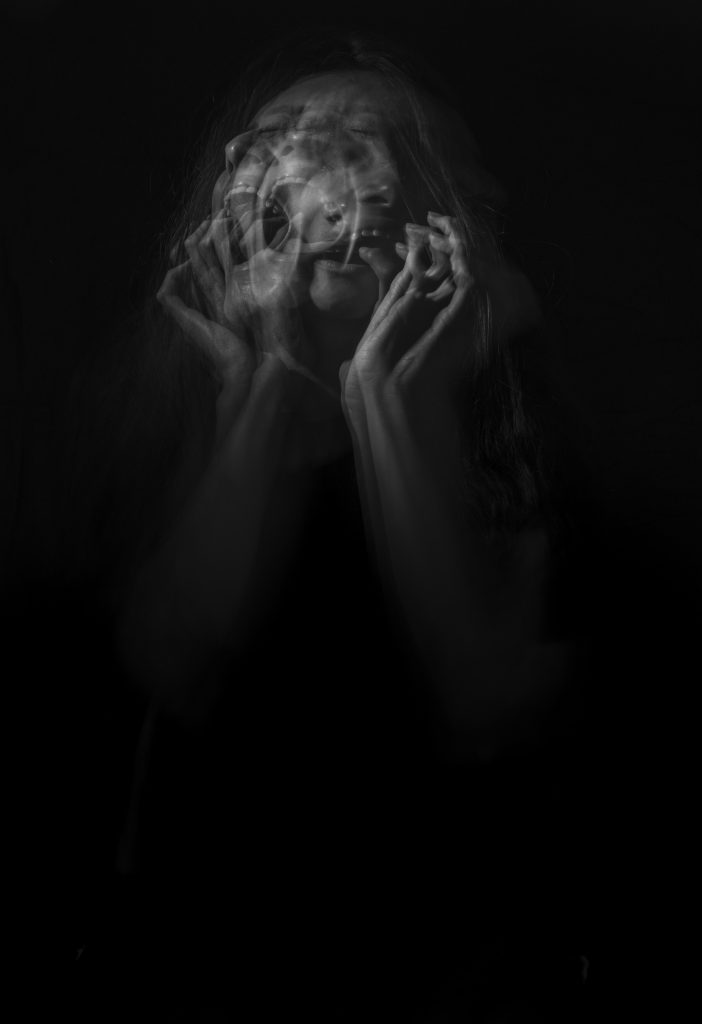
As the days darken and the nights grow longer, I find myself contemplating my fascination with the horror genre. Of course, the endless fantastical possibilities that the genre provides (along with a natural inclination towards everything macabre) piques my interest in the topic, but there must be something else that keeps me coming back for more. Horror must offer something altogether more crucial than a quick scare or an opportunity for escapism that makes these films appeal to an overwhelmingly LGBTQ+ identified audience, something that resonates on a profound level and keeps us invested in the genre as both filmmakers and spectators alike. Why is it that horror stories hold so many queer people entranced?
To determine why horror means so much to me, I’ll cycle back to where it all began. My enduring interest in the horror genre stretches back to an afternoon in my preteen years, when I was first introduced to Stanley Kubrick’s adaptation of Stephen King’s 1977 novel ‘The Shining’ by a family member. I was captivated. The film changed the way I viewed cinema and formed a lifelong love of the medium that I carry with me to this day, but, arguably most importantly, it changed the way I viewed myself and my identity. During these formative years, as is the case in many LGBTQ+ people’s lives, I first began to question and try to understand my sexuality. As a barely-out-of-the-closet lesbian, working to unpack what my identity meant in relation to my life within heteronormative society was, to say the least, a challenge. Throughout my teenage years my tastes within the horror genre quickly turned towards the Gothic, as I developed an appreciation for vampires and spectres and ghoulish characters whose stories I didn’t just visually and thematically enjoy, but connected to on a deeper level than I could with characters in other genres. This is largely due to the fact that queer identity, placed in relation to heterosexuality, is fundamentally ‘other’.
In order to understand the depiction of queer ‘monstrosity’ in the horror genre, we must look to the literary canon. Within literature, the vampire is innately tied to queer identity – the titular character of Bram Stoker’s ‘Dracula’, published in 1897, is heavily queer-coded, with numerous references to the vampire’s erotic pursuit of protagonist Johnathan Harker. This, reputedly, echoes the experiences of Stoker himself, who is commonly believed to have been a closeted gay man. Predating Dracula is Sheridan Le Fanu’s ‘Carmilla’, a Gothic tale of love and obsession that is widely acknowledged to be the originator of the ‘lesbian vampire’ trope. This trope, which is widely used to this day, is a double-edged sword – although the queering of the vampire has given queer authors the freedom to explore their identities in eras heavily affected by censorship, the trope has been used as an effective way to hasten the spread of anti-gay propaganda. The queer vampire character in both film and literature often plays upon the predatory nature of vampirism to push the narrative that queer people intend to corrupt the unsuspecting heterosexual populace. This prejudice undoubtedly still lingers today, however to many modern LGBTQ+ viewers tropes such as this one are prime opportunities for reclamation. Power and affirmation of identity is found time and time again within tropes which were previously seen as purely detrimental to public perceptions of the community.
Perhaps unique to the horror genre is the subculture that is attached to it, one that includes a large percentage of its viewership. Many fans view horror as a lifestyle and channel their love for the genre through, for example, their clothing and musical preferences, with close ties to subcultures such as punk and goth. By embracing counterculture in this way, horror fans echo the beginnings of what we now recognise as the LGBTQ+ community; LGBTQ+ identified people have historically gravitated towards counterculture to survive within heterosexual society, and the horror community’s penchant for the alternative is simply another avenue where this is made possible.
The future of horror looks bright, and this is due in no small part to the contributions of queer people in the film industry and their audiences who, with their passion for the genre, keep it thriving. Recent releases such as Netflix’s ‘Fear Street’ Trilogy and the Syfy/USA Network tv series ‘Chucky’ alongside multiple releases from independent filmmakers are prime examples of the genre’s staying power and inherent ties to queer identity.
The queer experience is an integral part of the horror genre – we’re here to stay, to find connection and community in the tales of outcasts, monsters and fiends. Use these stories to aid you in the exploration of your identity, and continue the tradition of finding solace within the horror genre – it’s time for queer horror to thrive.
Image Credit: Camila Quintero Franco via Unsplash
